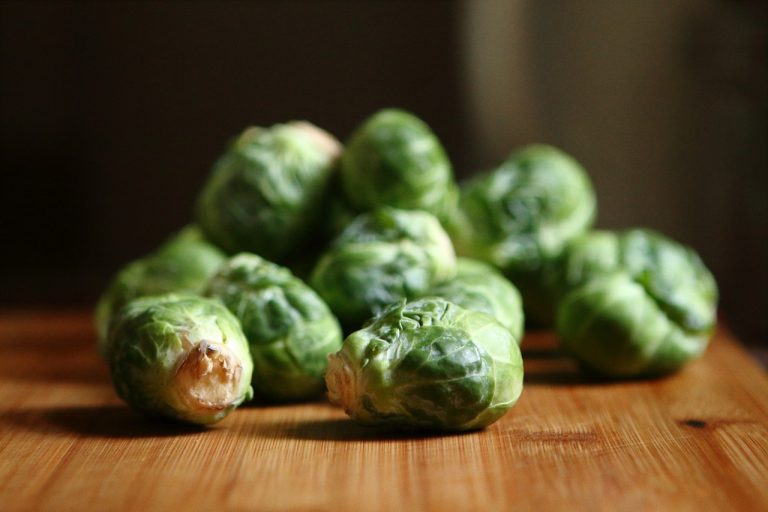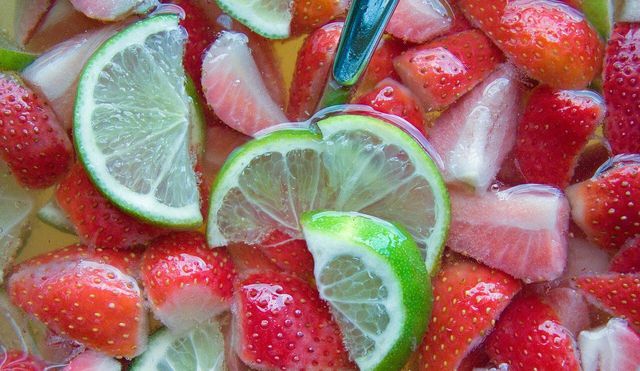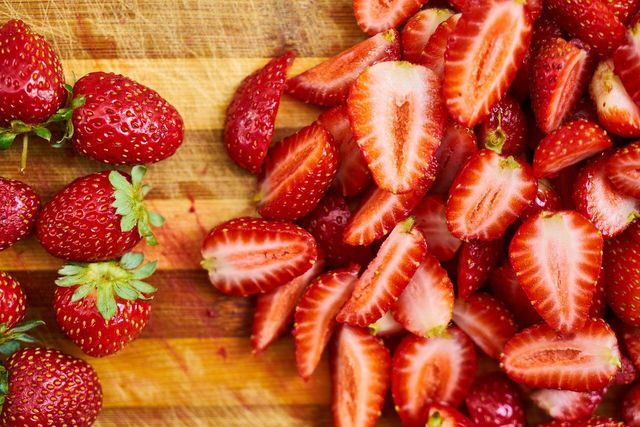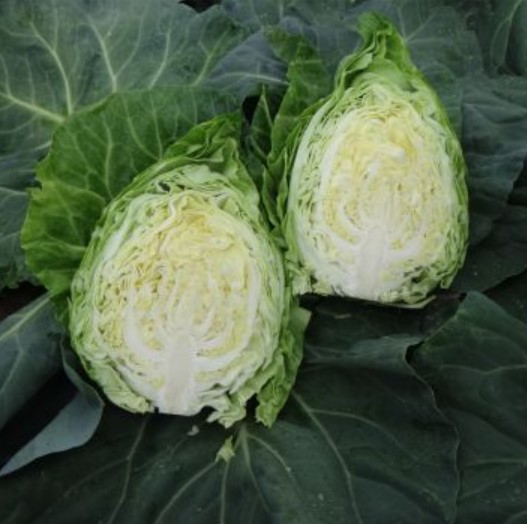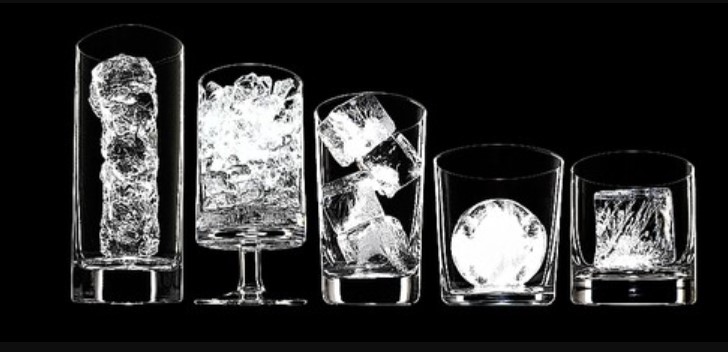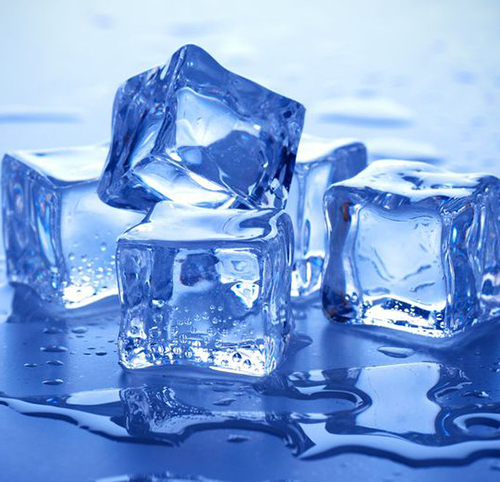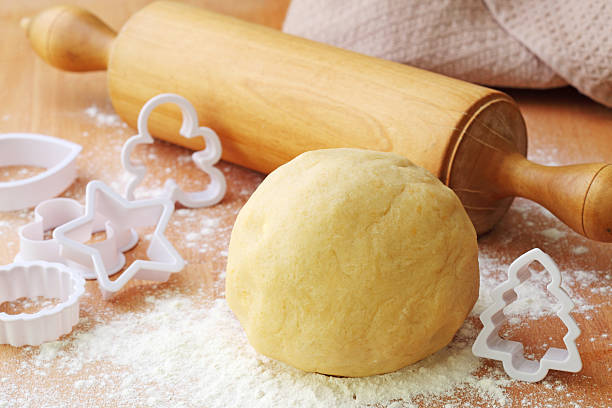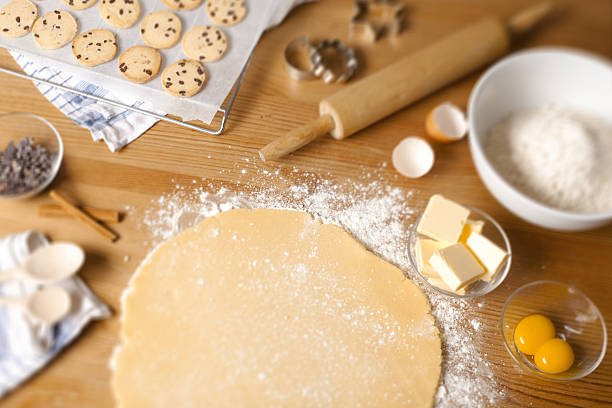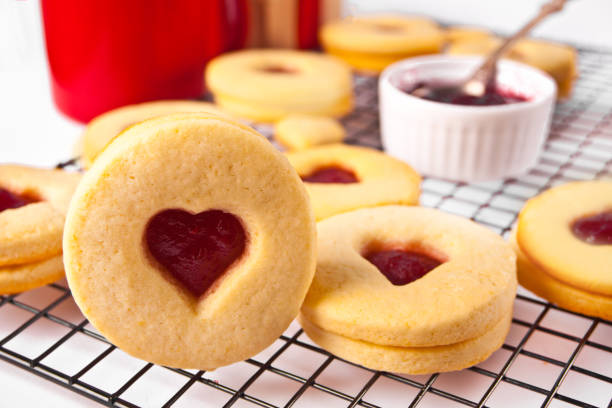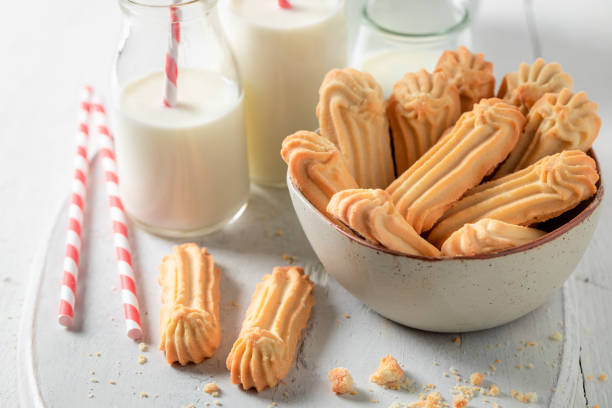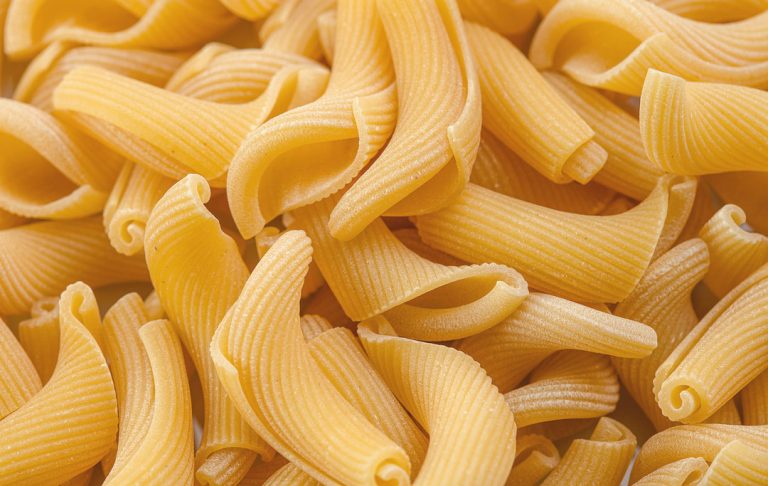Eating Brussels sprouts raw is possible in principle, but can put your digestion to the test. Here you can find out how to prepare the small cabbage florets as easily digestible as raw food.
Brussels sprouts are in season in Germany between September and March. It is therefore a popular ingredient, especially in autumn and winter cuisine. It is usually served boiled, fried or gratinated – for example as a Brussels sprouts casserole, Brussels sprouts in a pan or Brussels sprouts stew. Recipes with uncooked Brussels sprouts are rarer.
In principle, it is possible to eat brussels sprouts raw – the uncooked kale florets are not poisonous or otherwise harmful. However, they can be difficult to digest. You can prevent this by preparing them as gently as possible on the stomach.
Eat brussels sprouts raw – this is the most digestible way

Brussels sprouts have a slight bitter note both cooked and uncooked. For this reason, the prejudice persists that the raw leaves are poisonous. In fact, a bitter taste in some types of vegetables is a warning signal: in zucchini or pumpkins, for example, it can indicate that the toxic substance cucurbitacin has formed. With Brussels sprouts, on the other hand, the slightly bitter aroma is normal and therefore not a cause for concern.
Cooked Brussels sprouts are one of the more digestible types of cabbage. However, it is harder to digest raw and can lead to flatulence and other digestive problems. This is mainly due to its high fiber content. If raw cabbage always causes problems for your stomach, you should also be careful with Brussels sprouts. Then try a smaller amount first to see how your body reacts to the uncooked Brussels sprouts.
Eating Brussels sprouts raw: Preparation and recipe ideas
The florets harvested from November are best suited for recipes with raw Brussels sprouts. They have usually been exposed to freezing temperatures and taste milder and sweeter as a result. When cleaning Brussels sprouts, it is also best to remove the outer, dark green leaves. They are usually dry, fibrous and taste less pleasant than the light green inner leaves, especially when raw.
You can eat Brussels sprouts raw, for example, by preparing them as a salad. Some recipes for Brussels sprouts salad use pre-steamed Brussels sprouts—the florets are usually cut in half. If you use raw Brussels sprouts for salad, you should chop them up as finely as possible. This makes it easier to digest and easier to digest. For example, cut the florets into thin slices, grate them or pluck off the leaves individually.

You can dress the raw Brussels sprouts salad with a classic vinaigrette, a honey-mustard dressing or a lemon dressing, for example. Walnuts are particularly suitable as a topping because they harmonize with the slightly bitter note of the cabbage. You can add other ingredients to taste. A few Brussels sprouts also add an interesting touch to a classic mixed salad.
Tip: It is best to buy your groceries seasonally and regionally and, if possible, pay attention to organic quality. We can recommend the organic seals from Demeter, Bioland and Naturland, as they follow stricter criteria than the EU organic seal. In this way you contribute to biodiversity and soil protection.

